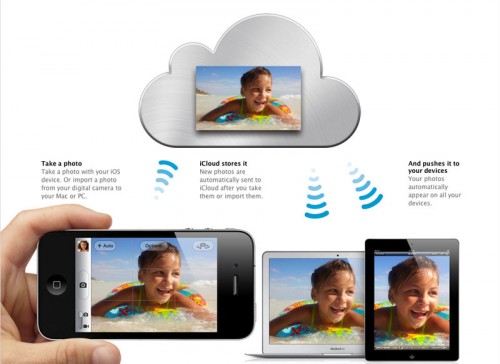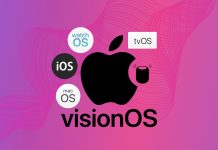
With iCloud right around the corner many believe that NAND flash sales will dip in the near future. The reason being is that they see consumers demanding less storage for their iOS devices as well as their Mac and Windows computers. Those MacBook Airs with 64GB or 128GB of storage will start to look more appealing. Since Apple makes up 28.3 percent of the Market for NAND flash purchases, you can see why some might be worried. But fret not. One thing that might help NAND flash is bandwidth restrictions. I will delve more into that in just a bit.
With the introduction of iCloud you will be able to listen to your music wherever you are. No longer will you be restricted by your iOS’s limited storage. Right now I have to chose what I can and cannot put on my iOS devices due to the limited storage. So this is a great idea to have your music in the Cloud and accessible to you wherever you are. Well, in a perfect world this would be true.
Remember I mentioned bandwidth restrictions. This is where it comes into play. If you have a new AT&T data plan, you are saddled with either 200MB of data or 2GB of data. In addition, if you have the hotspot feature added, you receive an additional 2GB of data. All in all, you have limited data. The same now goes for Verizon customers. This data will be eaten up real quick if you are continuously streaming from the Cloud.
Now the cell carriers will tell you that you can use Wi-Fi for those bandwidth intensive uses, such as streaming or downloading. There are two problems with that statement. The first being that you don’t always have access to a Wi-Fi hotspot. As much as AT&T would like you to connect to Wi-Fi, it’s not always practical. The second issue is that ISP’s, in particular the ones that have a vested interest in you purchasing their TV packages, i.e. Comcast and AT&T, have started to impose bandwidth caps. So even when you are at home your Internet is being capped. So this only goes to lessen the consumer’s desire to stream content.
I don’t believe the purchasing of NAND flash is in any danger of lessening. The amount needed on a device might change due to usage habits, and use of iCloud. But, one thing that you have to keep in mind is that the iOS devices will require some sort of storage, be it NAND flash or some new storage medium, to house the OS and core apps.
Source: DigiTimes
Via: AppleInsider






